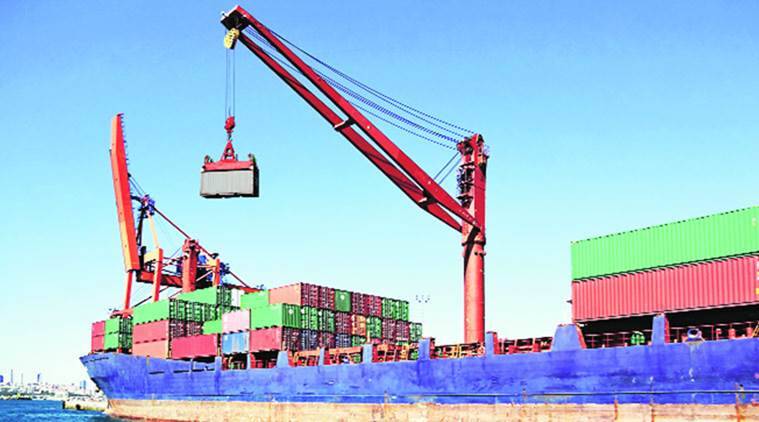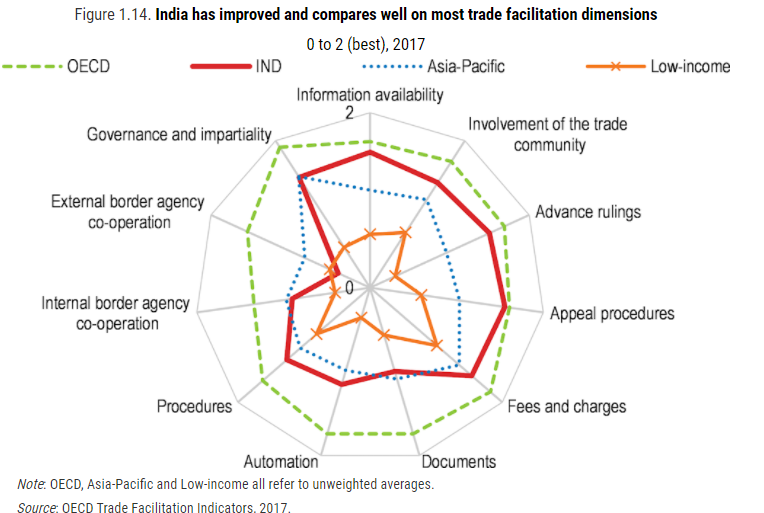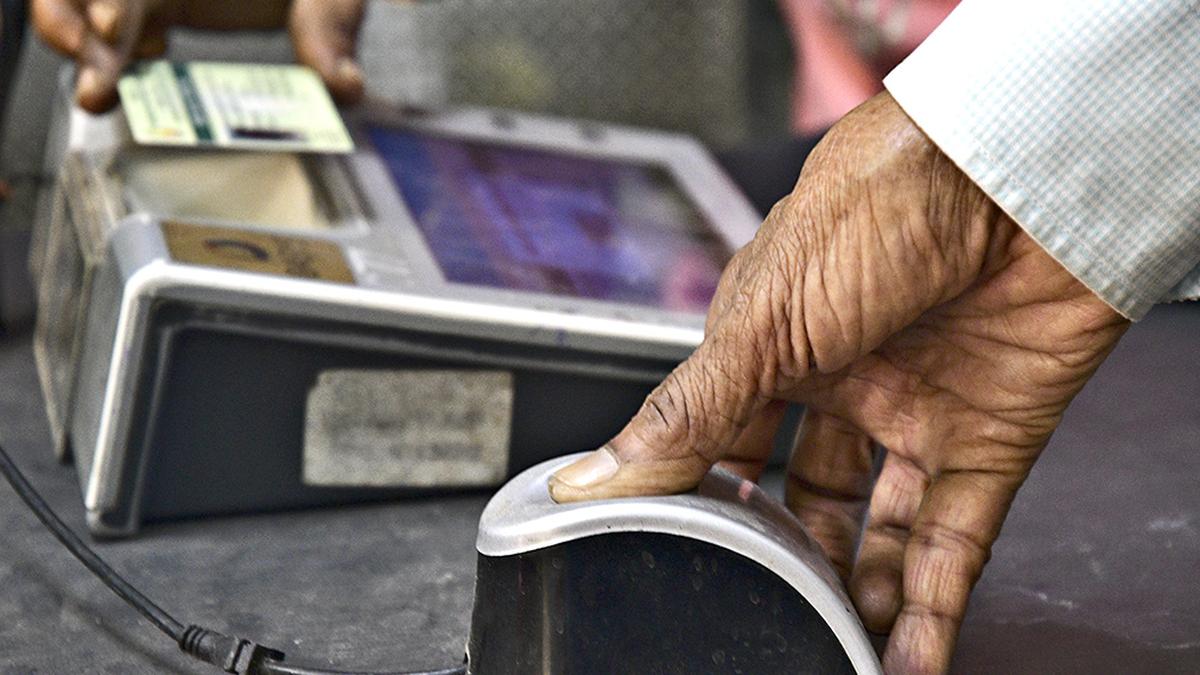Description

Figure 1: No Copyright Infringement Intended
Context:
- Commerce minister said India will realise by 2030 a lofty services export target of $1 trillion, nearly five times of what it exported last fiscal.
Basked of Indian Exports:

Challenges in Indian Export:
- Poor Quality Image: Made in India product line does not enjoy a good reputation in markets abroad. Rather it is considered to be a sign of poor quality. The products manufactured in Japan, Korea and now even in China are frequently quoted abroad as examples of dependable quality.
- High Costs: In India, the rate of interest on export finance is much higher as compared to other countries.
- Technological factors and low productivity also contribute to high cost of production in India.
- Further, Indian exporters are also deprived of advantages of the economics of scale and do not utilize their ability of bulk supplies due to lack of finance and other reasons.
- The Indian policy towards technology has been somewhat lukewarm. Indians lag behind in the adoption of modem technology and technological innovations, as is done by South-East Asian countries.
- Indian exporters are also looked upon as unreliable on many counts such as going back on a contract or refusing to fulfill it on its original terms.
- According to trade circles, interest payments alone constitute nearly 15 per cent of the cost of production in India.
- Infrastructure Bottlenecks: In India, infrastructure deficiencies such as energy shortages, inadequate and unreliable transport and communication facilities have so far hindered growth of exports. Power shortages and breakdowns are so common that they often disrupt production schedules, increase costs and badly affect timely shipments.
- Inadequacy of Trade Information System: Efficient and time bound trade information system is a basic need for success in today’s dynamic export business. Electronic commerce including Electronic Data Interchanges (EDI) and Internet play a very crucial role in the world trade at present.
- Supply Problems: A very severe shortcoming of the Indian export sector is its inability to ensure continuous and smooth supply in sufficient quantities relating to many products. The main problem is that much of the exporting is the result of the lingering approach and not any deliberate effort of producing for the export.
- Faceless Presence: Major export items of India like seafood, leather manufactures, spices, etc. mostly have a faceless presence in world markets. The exports undergo further professing or repacking in many cases.
- Uncertain Policies: A basic defect of India’s trade policy has been the uncertainty about future policies, incentive schemes, etc. To free the exporters from anxiety and ensure stability in this direction, the Export- Import (EXIM) Policy is given a five-year span.
Achievement of Indian Exports:
- As an encouraging sign, some multinationals have made India a manufacturing hub for automobile exports to Africa. The imposition of US tariffs on Chinese products could accelerate the rejigging of value chains.
- Preliminary data suggest that India has seized some of the market shares lost by China, with more success in capital- and skill-intensive industries than in labour-intensive ones.
- In India, the government has made laudable progress in increasing electricity generation and transmission capacities, in particular from renewable sources, to fulfil its commitment to provide electricity for all.
- The construction of highway and rural roads has accelerated in recent years. India has also made great progress in building airport related infrastructure. However, seaport infrastructure lags behind and, together with poor trade logistics, hampers India’s external competitiveness.
India has performed well for some goods
- India’s market share for some skill- and capital-intensive goods has surged.
- For pharmaceutical exports, India accounted for 2.5% of total world exports in 2018, up from 1.1% in 1995, making it the 11th largest exporter in the world and, by far, the first among EMEs.
- In the smartphone segment of electronic goods, India has transformed itself from being a net importer to a net exporter.
India’s export basket is well diversified
- India has succeeded in increasing the number of goods exported and in serving new markets/countries .
- Its export basket is highly diversified and exports to emerging economies are growing fast.
The large diaspora living abroad is an asset
- Indians living abroad are valuable assets for the Indian economy. Inflows from remittances, at 2.9% of GDP in FY 2018-19, are large.
- They have contributed to reduce poverty, raise consumption and investment in education and health.
- They are also a rather stable source of current account financing.

Way Forward:
- Exports of labour-intensive manufacturing products could grow faster. The export performance of textiles, leather and agricultural products have lagged behind, thus limiting the positive impact of trade opening on net job creation.
- Production-linked Incentive Like Scheme in Services: The government should consider something for the services sector, in line with the production-linked incentive scheme.
- Becoming Part of Global Value Chains: India should be striving to embed itself in global value chains. If India wants to become a major exporter, it should specialize more in the areas of its comparative advantage and achieve significant quantity expansion.
- B2B Model: Developing a dynamic Business 2 Business (B2B) portal, which can be used by service providers to reach out to the markets abroad.
- Foreign Trade Policy (FTP): Unless the government focuses on the sector in the forthcoming Foreign Trade Policy (FTP) by announcing scheme-based export incentives and provides interim relief by continuing with the existing schemes in the short run, the sector will lose the momentum it has gained in the first five months of 2021-22.
Array
(
[0] => daily-current-affairs/boosting-service-exports
[1] => daily-current-affairs
[2] => boosting-service-exports
)









